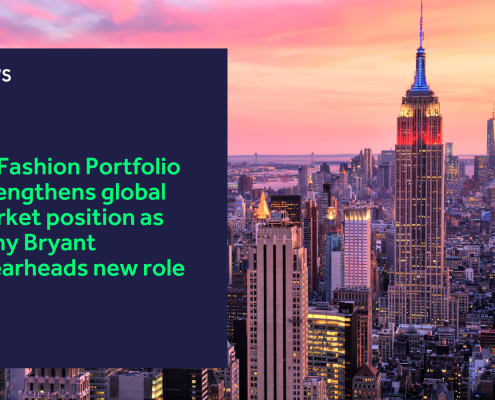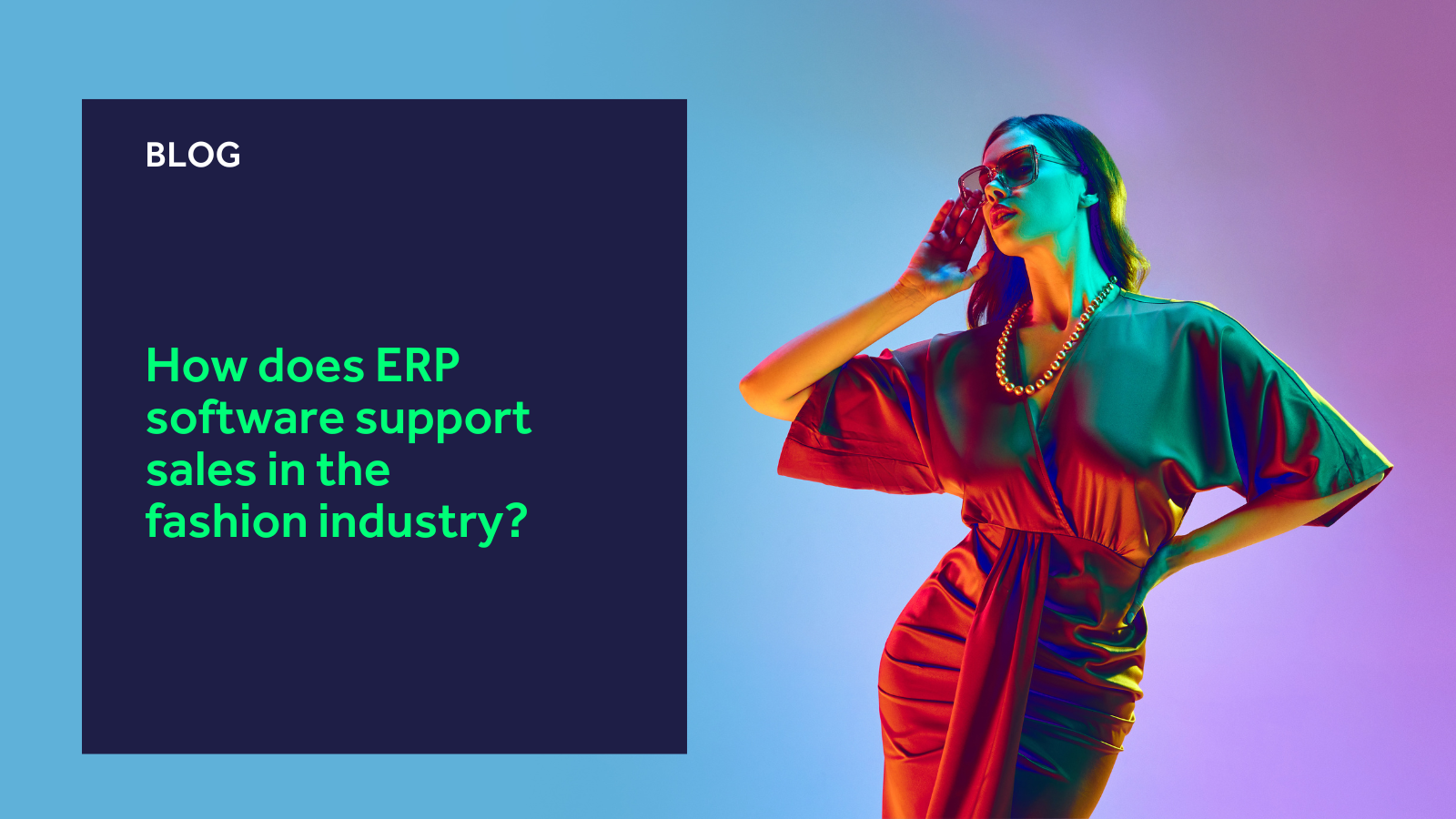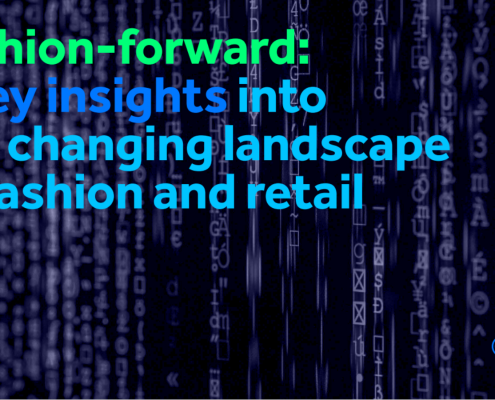Fashion doesn’t stop. New collections are constantly developed and released to the market, but with that comes significant challenges for brands. Namely, managing sales activities.
From presales to purchase orders and sales orders, brands have to manage countless activities that are a nightmare to handle without an effective Enterprise Resource Planning (ERP) solution in place.
ERPs can significantly enhance operational efficiency, improve customer satisfaction, and boost profitability. Below, we look at some key processes that ERPs help with.
Streamlining presales activities
While it is perhaps less common to see today, many fashion brands sell their goods before they’re even produced and released. This is called presales.
Presales help brands to gauge market interest and secure orders in advance, reducing the risk associated with overproduction and unsold inventory.
An effective ERP system can streamline this process by managing pre-orders, tracking commitments, and ensuring that all stakeholders have access to the latest information.
ERPs are important tools to assist with the presales process, as they record and manage presales agreements, track customer interest, and accurately forecast demand.
By integrating with Customer Relationship Management (CRM) modules, ERP systems can maintain detailed records of customer interactions and preferences, helping brands tailor their offerings to meet the specific needs of their B2B clients.
Crucially, this leads to more accurate production planning and inventory management, ultimately reducing waste and improving profitability.
Efficient purchase order management
Purchase orders are a critical component of the supply chain in the fashion industry. Timely and accurate procurement of raw materials is essential to ensure that production schedules are met and that the final products are delivered on time.
ERP systems automate and streamline the purchase order process, reducing the risk of errors and delays. With an effective ERP in play, brands can create and manage purchase orders electronically, track their status in real time, and ensure that suppliers meet their delivery commitments.
This level of control and visibility helps prevent stockouts and overstock situations, optimising inventory levels and reducing costs. Furthermore, an ERP system can facilitate better vendor management by tracking supplier performance and identifying opportunities for cost savings and quality improvements.
Seamless sales order processing
Sales order processing is another critical area where an ERP system can make a significant impact. In the fashion industry, sales orders often involve complex specifications and high volumes, especially during peak seasons. Manual processing of sales orders can lead to errors, delays, and customer dissatisfaction.
ERPs can automate the entire sales order process, from order entry to invoicing and delivery. By integrating sales orders with inventory management, production planning, and shipping modules, an ERP system ensures that orders are fulfilled accurately and promptly. This not only improves operational efficiency but also enhances the customer experience by providing timely and accurate order status updates.
Furthermore, an ERP system can provide valuable sales analytics and reporting capabilities. Fashion companies can track sales performance across different channels, regions, and product lines, gaining insights into which products are performing well and which areas need improvement. This data-driven approach enables more informed decision-making and strategic planning, helping fashion companies to stay ahead of the competition.
Enhanced collaboration and communication
Collaboration and communication are vital in the fashion industry, where multiple teams and departments need to work together seamlessly to bring a product to market. An ERP system can facilitate better communication and collaboration by providing a centralised platform for sharing information and coordinating activities.
With an ERP system, design, production, sales, and marketing teams can access up-to-date information and collaborate in real time. This ensures that everyone is on the same page and that any issues are addressed promptly. For example, if a sales team identifies a sudden surge in demand for a particular product, they can quickly communicate this to the production team, ensuring that supply meets demand.
Dynamics 365 and K3 – the only ERP choice for fashion
ERPs are the beating heart of any successful organisation; however, it can be difficult to find the right one for your business. This is especially true for fashion and apparel brands since many ERPs lack specific functionality tailored to the industry.
Microsoft’s Dynamics 365 ERP solutions are consistently recognised by the likes of Gartner and Forbes as market leaders. They fulfil all the above functions in abundance while offering additional features to assist with other operations.
While the D365 products are indeed powerful, they are further enhanced by K3’s solutions, which are fully embedded in Microsoft’s technical landscapes.
Our solutions were built by fashion industry professionals to ensure the functionality is tailored specifically to solve challenges faced by brands.
To find out more about the robust combination of Microsoft and K3, click here.
 https://www.k3btg.com/wp-content/uploads/2024/03/K3-strengthens-global-market-position-blog-header.png
900
1600
Jordan Heal
https://www.k3btg.com/wp-content/uploads/2022/03/K3_Master_Colour_RGB.svg
Jordan Heal2024-03-11 10:58:242025-02-21 14:37:51K3 Fashion Portfolio strengthens global market position as Tony Bryant spearheads new role
https://www.k3btg.com/wp-content/uploads/2024/03/K3-strengthens-global-market-position-blog-header.png
900
1600
Jordan Heal
https://www.k3btg.com/wp-content/uploads/2022/03/K3_Master_Colour_RGB.svg
Jordan Heal2024-03-11 10:58:242025-02-21 14:37:51K3 Fashion Portfolio strengthens global market position as Tony Bryant spearheads new role

